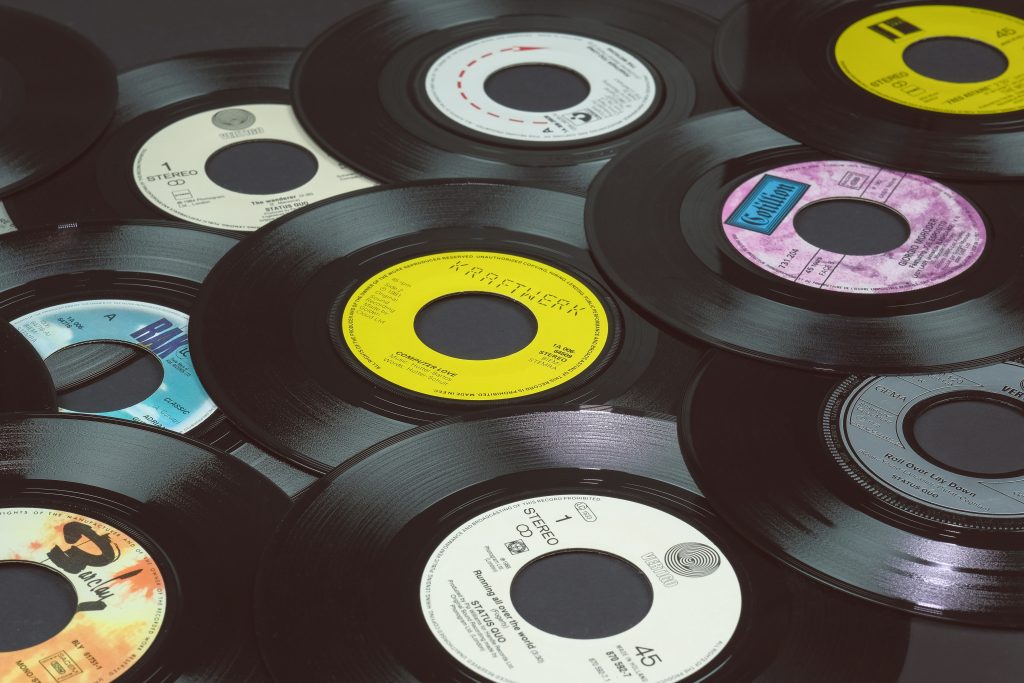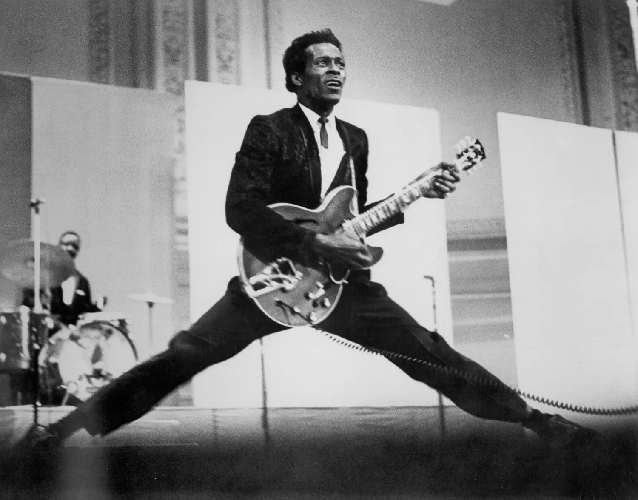How Neil Young Got Ready for the Country on ‘Harvest’
Written by gunny on February 2, 2022
By Dave Lifton
Between his work in Buffalo Springfield, Crosby, Stills Nash & Young and his first few solo records, Neil Young had often flirted with mixing country and rock. But with Harvest, released on Feb. 1, 1972, he more or less dove headfirst into it and came out with one of country-rock’s most commercially and critically successful albums.
Work began a year earlier when Young went to Nashville to appear on The Johnny Cash Show, on an episode that also included James Taylor and Linda Ronstadt. Elliot Mazer, who had produced Ronstadt’s Silk Purse album a year earlier, arranged a party at his Quadrofonic Sound Studio for the three artists, and struck up a conversation with Young.
“Neil had heard of our band, Area Code 615,” he told Mix, “and asked if I could get the drummer, a bass player and a steel player into my studio the next day. Kenny Buttrey was available and keen to play [drums] with Neil. Norbert [Putnam, bassist] had gone home to Muscle Shoals for the weekend, and Weldon Myrick, the steel player in Area Code 615, could not make it, because he had to do his regular gig on the Grand Ole Opry. So we found Ben Keith.”
Replacing Putnam on bass was Tim Drummond, and Teddy Irwin, a friend of Mazer’s, also showed up, and the session began. Mazer said the second song they attempted was “Heart of Gold.”
“Kenny Buttrey and I made eye contact while listening, and we both raised a finger that said we knew it was going to be a No. 1 hit,” he recalled. “Tim Drummond and Kenny played together so much that they just connected to each other. Teddy Irwin found some harmonics and rhythm chops, and Ben Keith just sailed through the song.
“We did one or two takes,” Mazer added. “Neil and the band played live, same as every song on Harvest. After we got the master take, we got Linda and James to add their harmonies in the control room while sitting on the couch. … They listened to the studio monitors and sang along listening to each other. Two passes, and it was finished. I guess it took less than two hours to record everything on ‘Heart of Gold.'”
The session also produced “Old Man,” to which Taylor contributed a banjo part, and a few other songs that didn’t make the cut. Another set of sessions at Quadrofonic in April resulted in “Out on the Weekend,” the title track and some overdubs. In between, Young flew to London to perform and, while there, wound up cutting “There’s a World” and “A Man Needs a Maid” backed by the London Symphony Orchestra. Jack Nitzsche, who was Phil Spector’s right-hand man, wrote the arrangements and produced the session.
Young invited Keith, Buttrey, Drummond and Nitzsche (on piano) to his ranch in Northern California later that year and, instead of continuing with the acoustic-heavy sounds, plugged in and recorded “Are You Ready for the Country,” “Alabama” – a rewrite of his “Southern Man” – and the album-closing blowout, “Words (Between the Lines and Age).” Crosby, Stills & Nash later added backing vocals.
A final song stemmed from a concert Young played at UCLA shortly before that initial trip to Nashville. “The Needle and the Damage Done,” an unflinching depiction of Crazy Horse guitarist Danny Whitten’s heroin addiction, proved to be prophetic. Nine months after Harvest‘s release, Young was rehearsing with Crazy Horse for an upcoming tour, but Whitten was too strung out to play. On Nov. 18, 1972, Young gave Whitten $50 and a plane ticket to his home in Los Angeles. That night, Whitten died of an overdose.
The combination of country-rock and some of Young’s most mature songs to date resonated with the public. In March, Harvest spent two weeks at No. 1 on the Billboard 200 and, in its second week, “Heart of Gold” topped the Hot 100 singles chart. “Old Man” reached No. 31 and Harvest has since sold four million copies, the bestselling record of his career.
But Young’s newfound status as a pop star would be short-lived. As he wrote in the liner notes to his 1977 compilation Decade, the success of “Heart of Gold” “put me in the middle of the road. Traveling there soon became a bore, so I headed for the ditch. A rougher ride but I saw more interesting people there.” He would continue experimenting with other sounds and styles before reconvening the Stray Gators – the name he gave to Buttrey, Keith, Drummond and Nitsche – for 1992’s Harvest Moon







